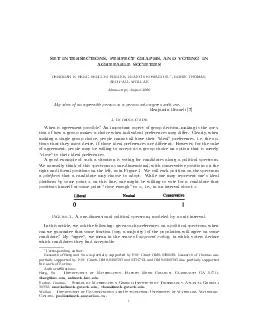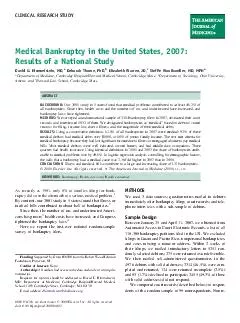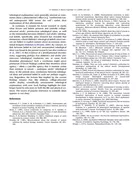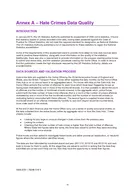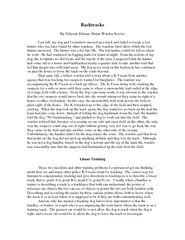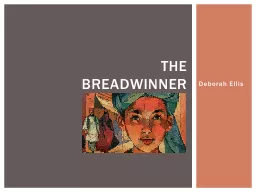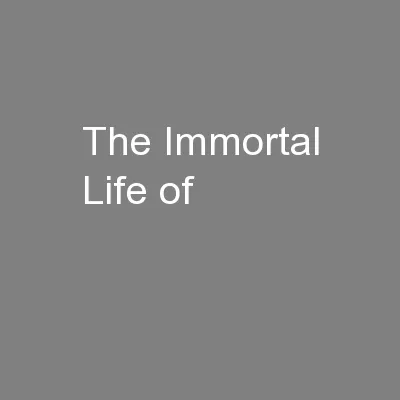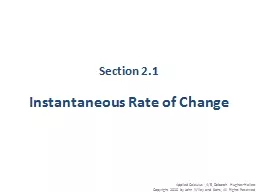PDF-SETINTERSECTIONSPERFECTGRAPHSANDVOTINGIN AGREEABLESOCIETIES DEBORAH E
Author : trish-goza | Published Date : 2015-01-29
BERG SERGUEI NORINE FRANCIS EDWARD SU ROBIN THOMAS AND PAUL WOLLAN Manuscript August 2006 My idea of an agreeable person is a person who agrees with me Benjamin
Presentation Embed Code
Download Presentation
Download Presentation The PPT/PDF document "SETINTERSECTIONSPERFECTGRAPHSANDVOTINGIN..." is the property of its rightful owner. Permission is granted to download and print the materials on this website for personal, non-commercial use only, and to display it on your personal computer provided you do not modify the materials and that you retain all copyright notices contained in the materials. By downloading content from our website, you accept the terms of this agreement.
SETINTERSECTIONSPERFECTGRAPHSANDVOTINGIN AGREEABLESOCIETIES DEBORAH E: Transcript
Download Rules Of Document
"SETINTERSECTIONSPERFECTGRAPHSANDVOTINGIN AGREEABLESOCIETIES DEBORAH E"The content belongs to its owner. You may download and print it for personal use, without modification, and keep all copyright notices. By downloading, you agree to these terms.
Related Documents

